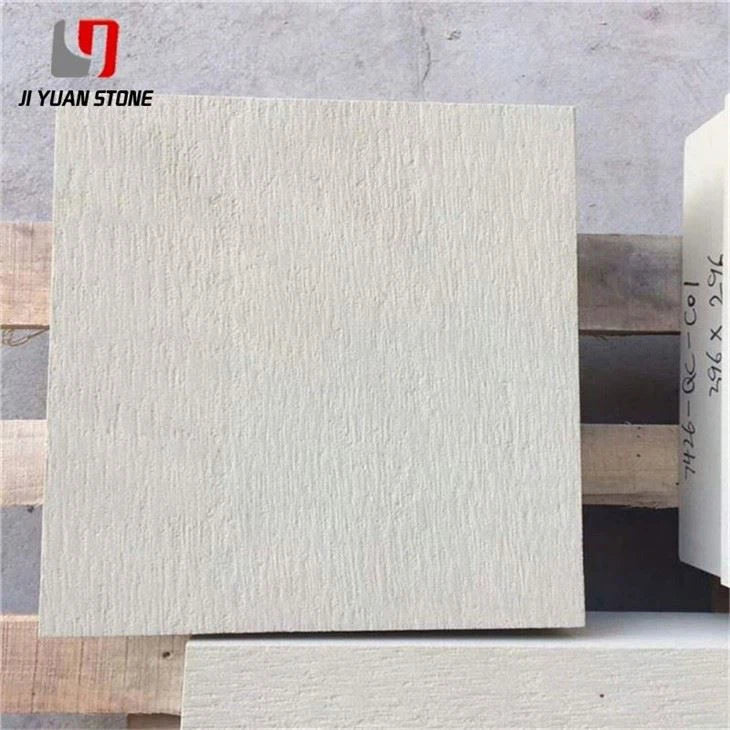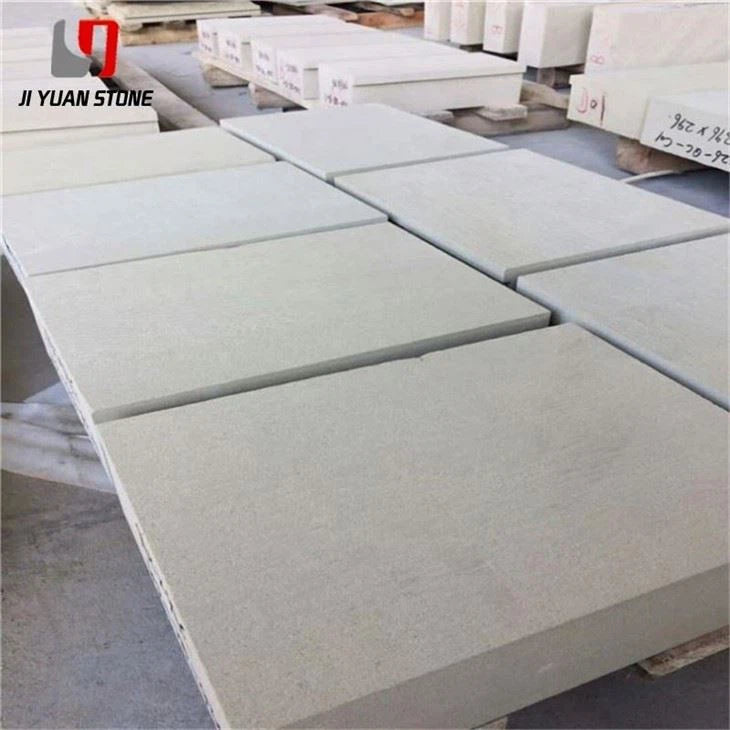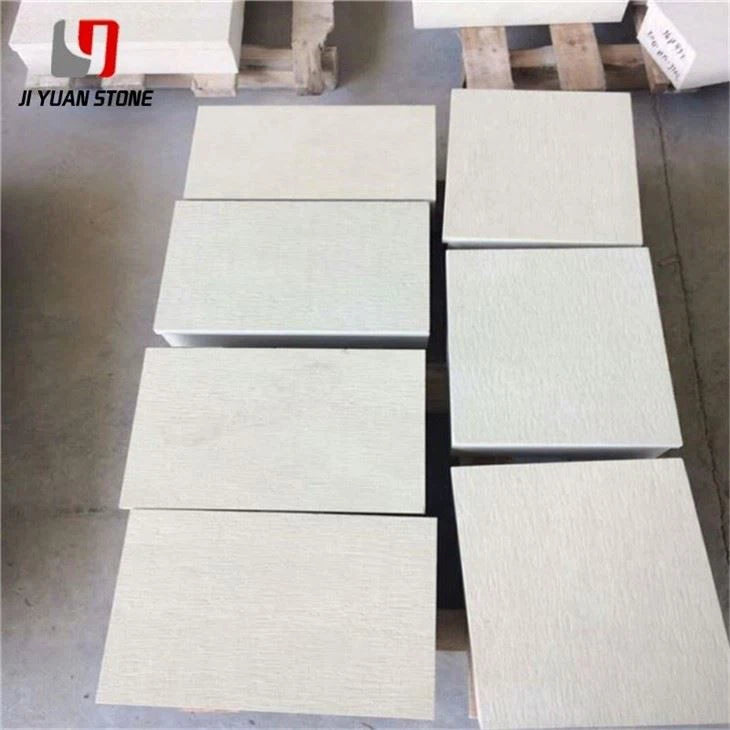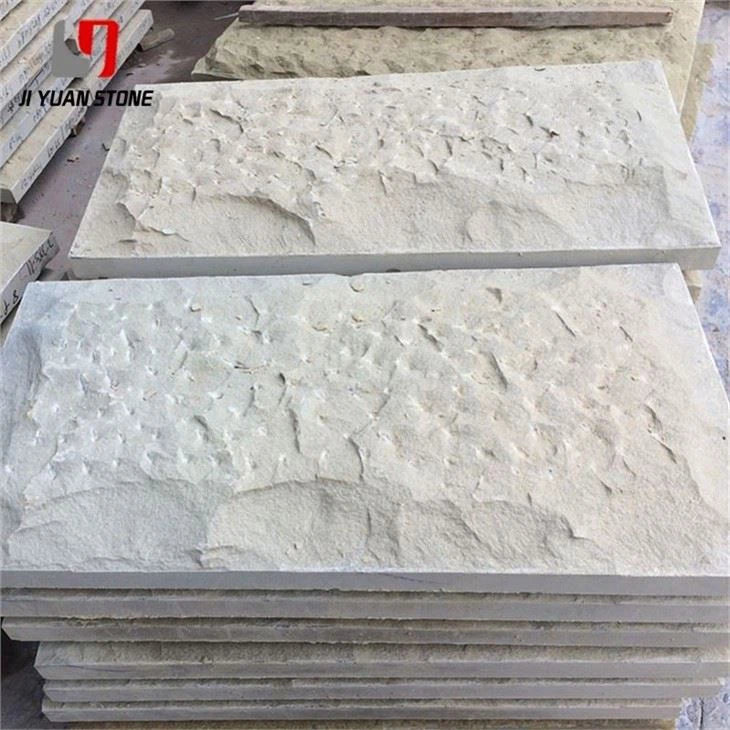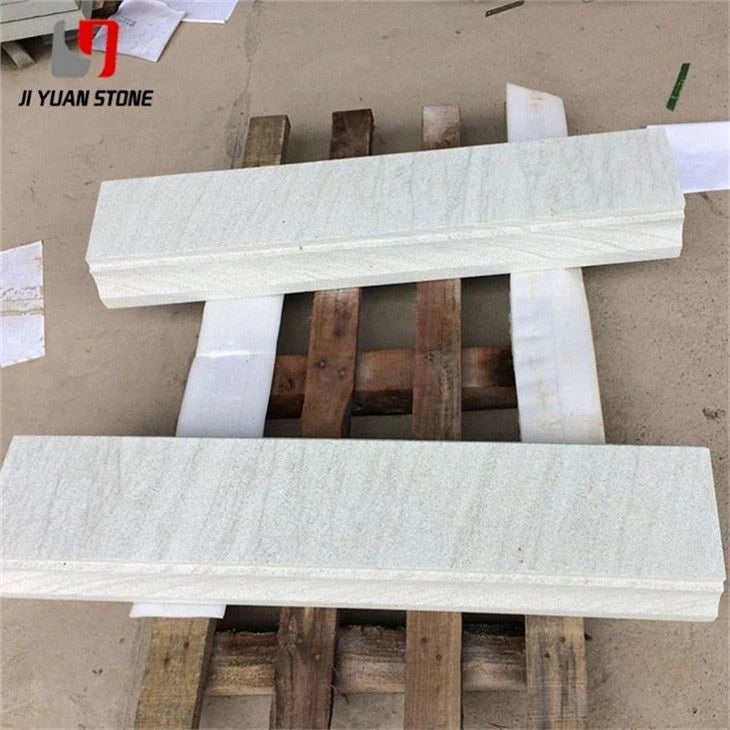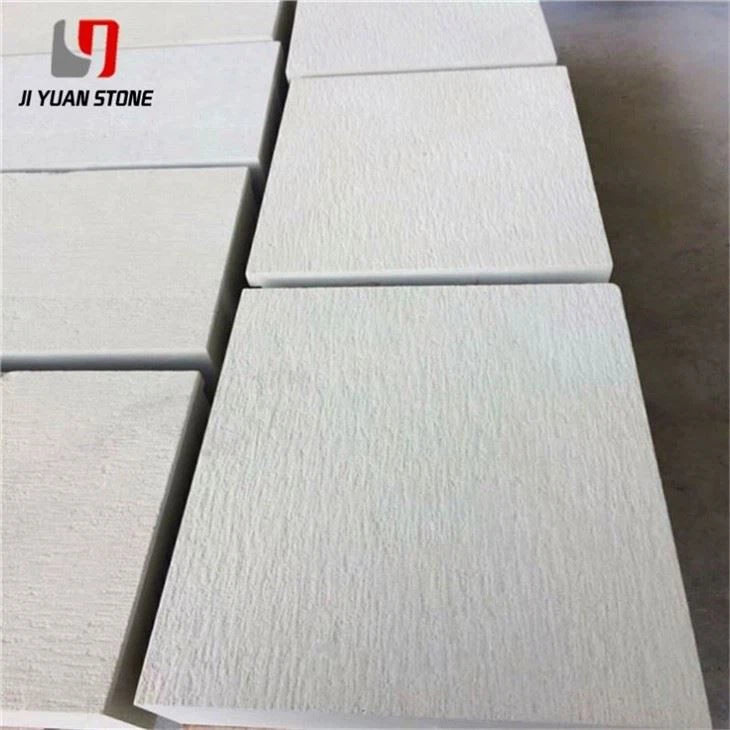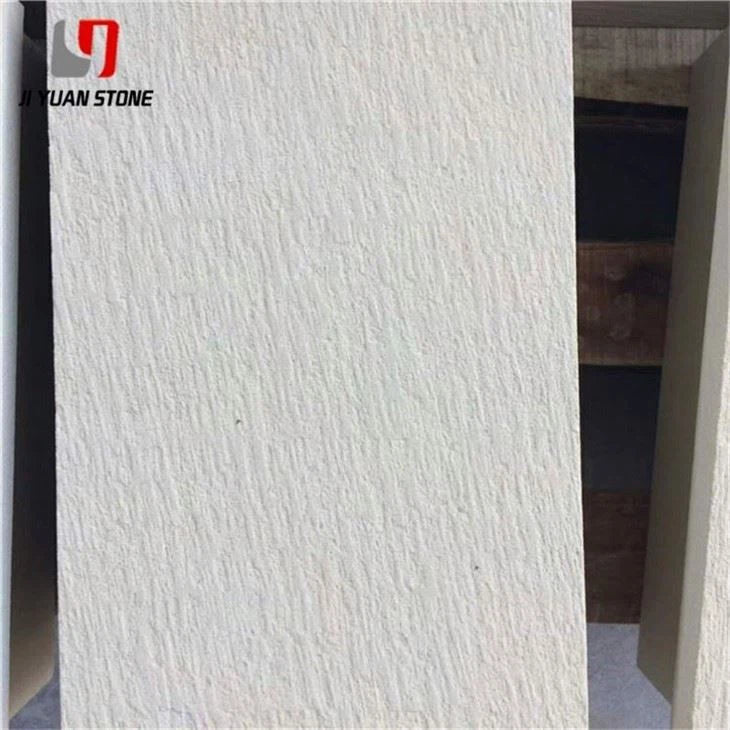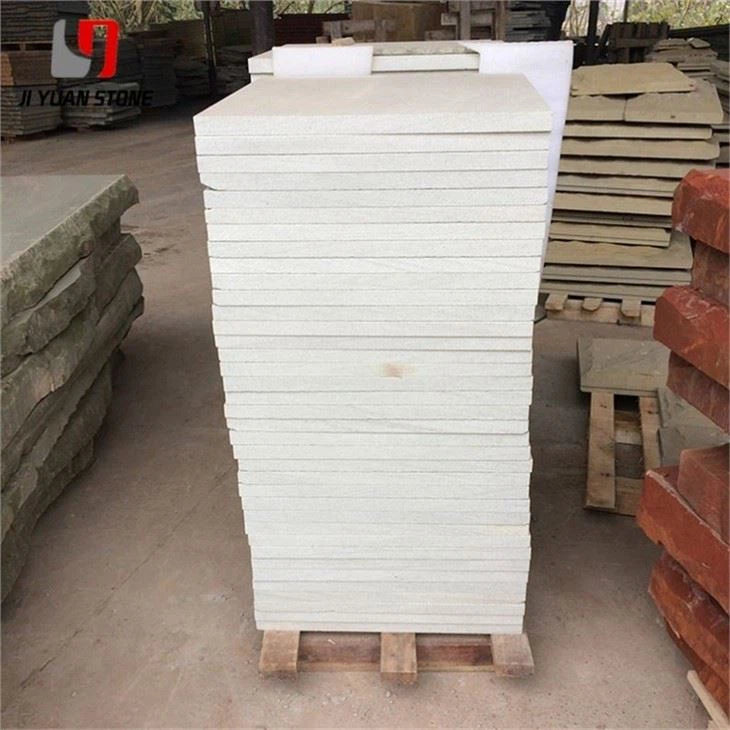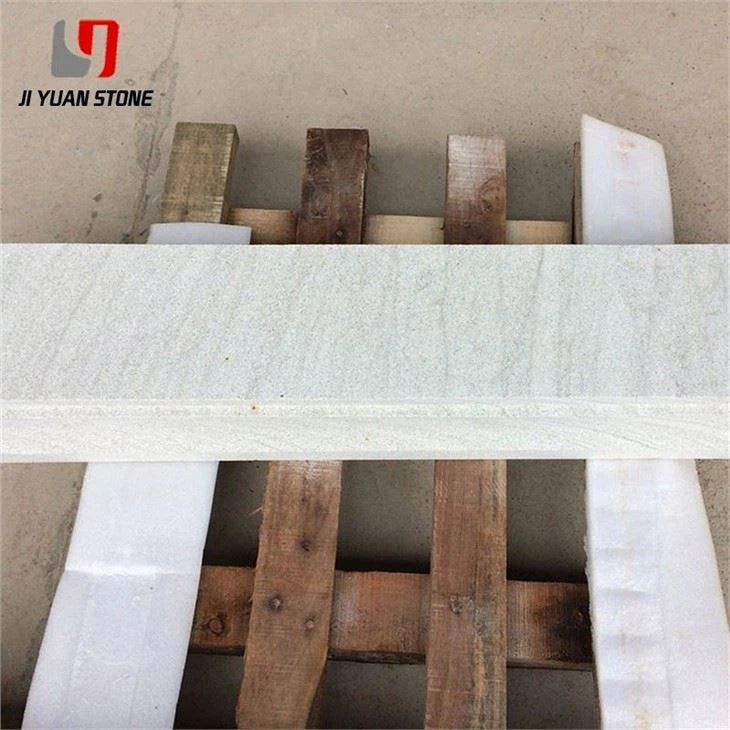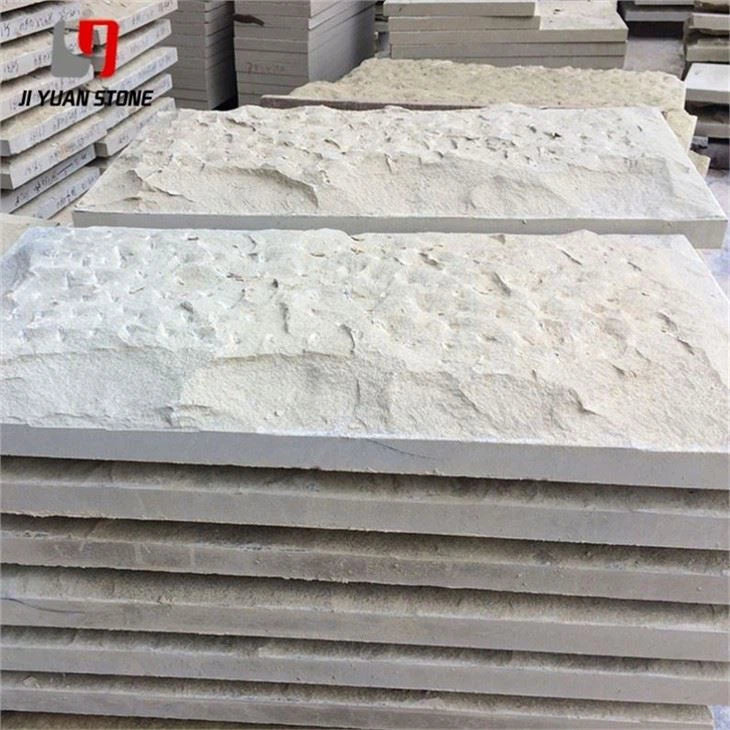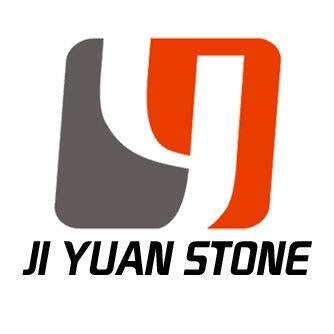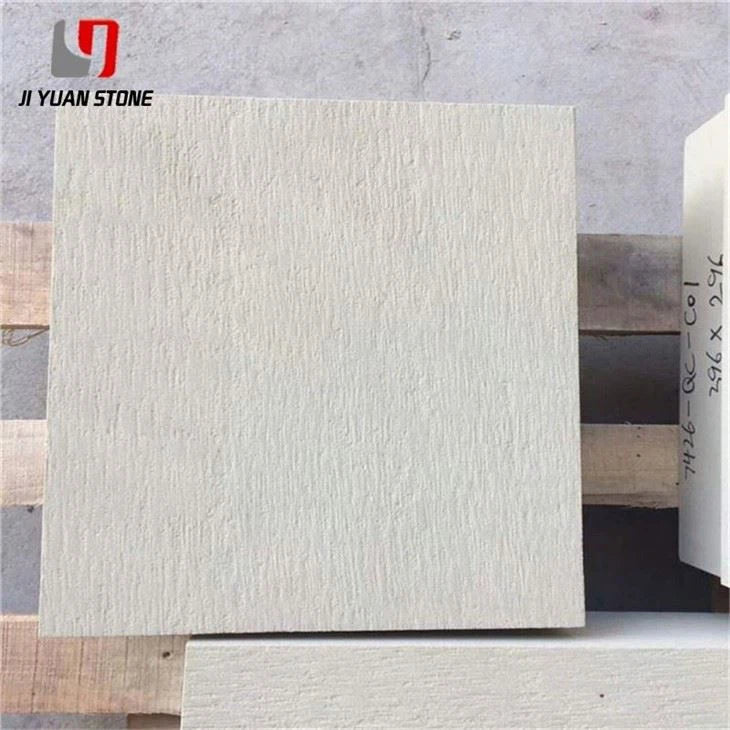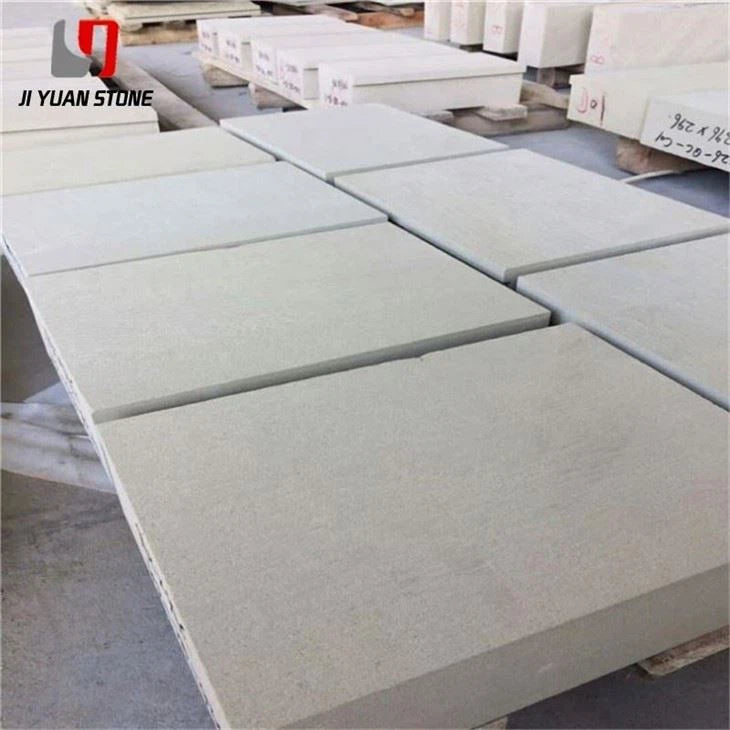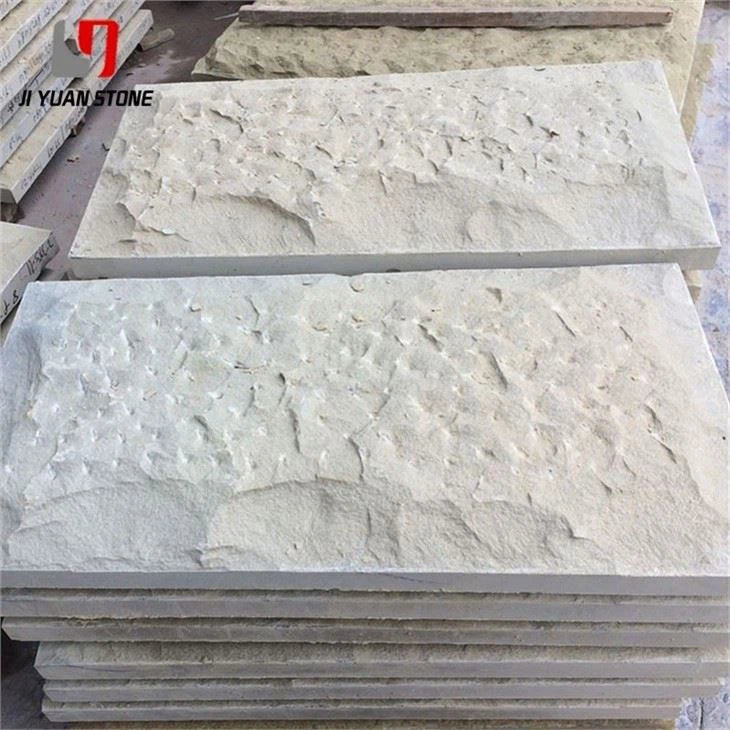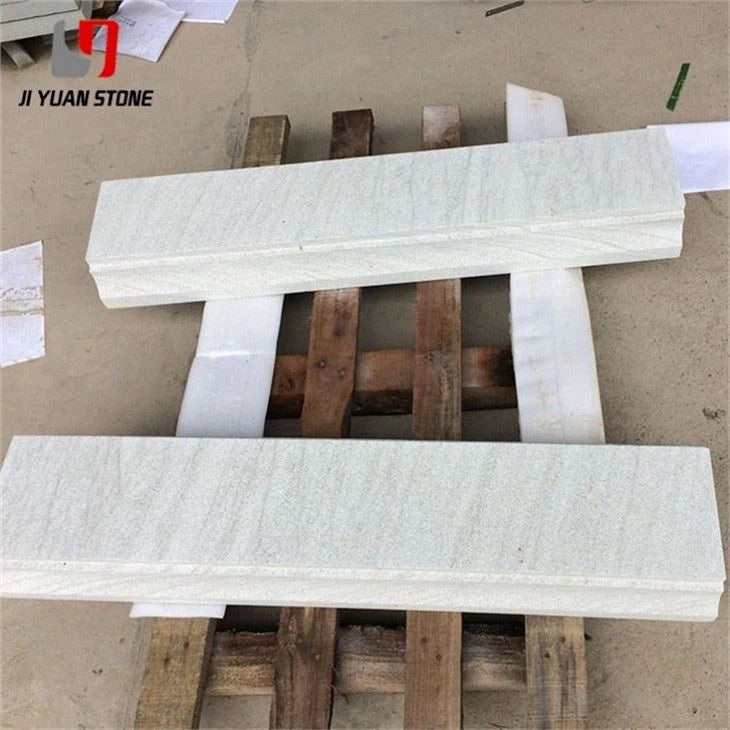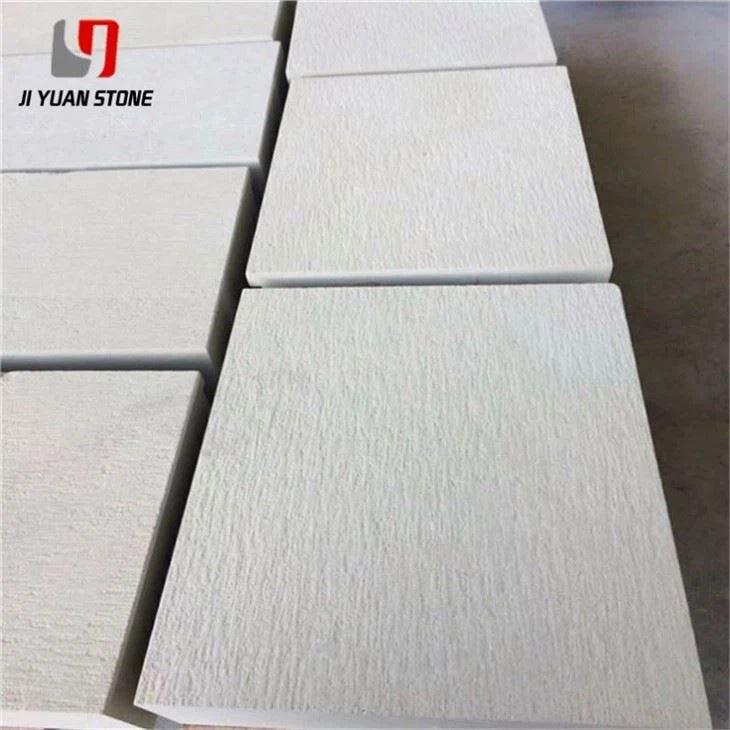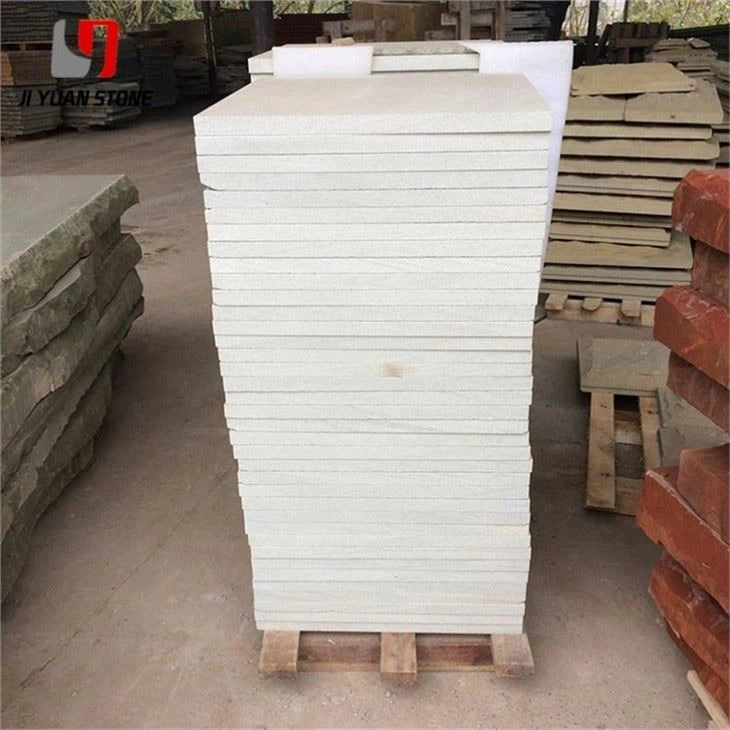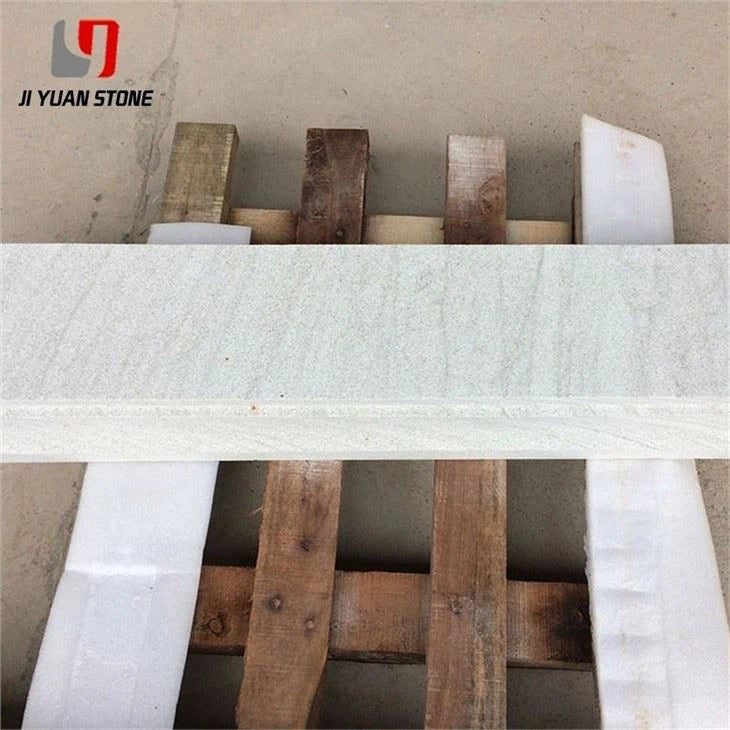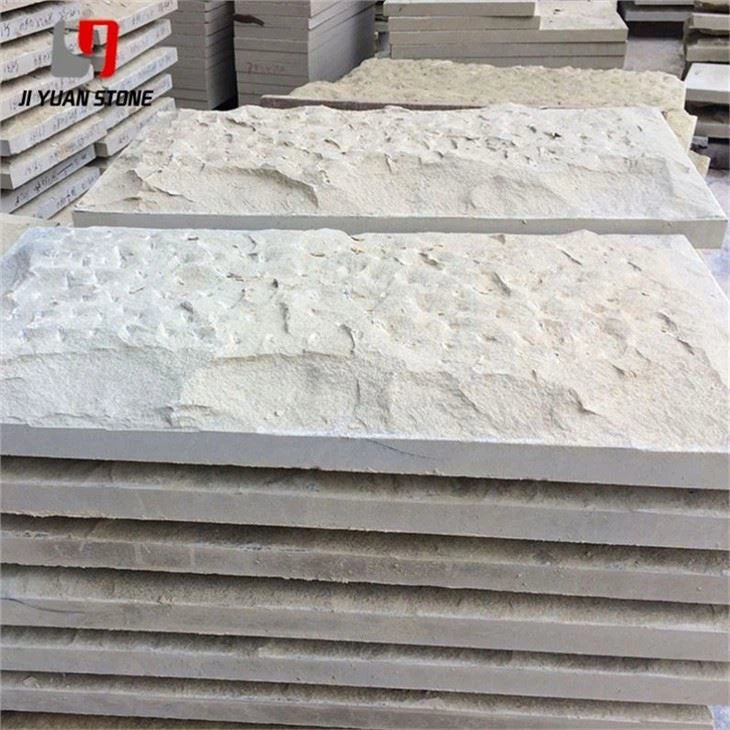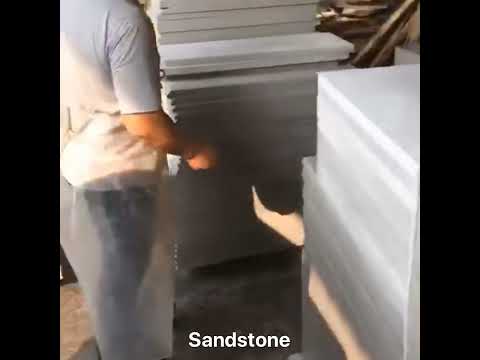Cream Sandstone Paving Slabs
Cream Sandstone Paving Slabs
Experience the durability and beauty of our Cream Sandstone Paving Slabs. Made from high-quality sandstone, these slabs are perfect for creating a stunning outdoor space. With their natural cream color, these paving slabs will enhance the aesthetic of any patio, walkway or garden. Enjoy the benefits of a long-lasting and elegant outdoor surface with our Cream Sandstone Paving Slabs.
| Feature | Details |
|---|---|
| Materia | Natural Sandstone |
| Surface Finished | Honed,Flamed,Bush-hammered,Brushed,Nature,Mushroom,Sawn etc |
| Finished Products | Floor tiles, Wall cladding, Countertops, Windowsills, Special-shaped tiles, Small slabs, Swimming pool, steps, wall panel, flooring, veneers, slabs, coping tiles, etc |
| Color | Yellow,black,white,red,purple wood,green,grey,rainbow etc |
| Size | Customized Pls contact us for the newest catalog of sandstone |
Quality Control:
We have a professional inspection team who will check the goods from block cutting ,finishing, packing and loading into the container,
If the surface is polished, then the degree will be 90 and up. Thickness tolerance: +/- 0.5, +/-1mm.
Each procedure will be double checked by 2 inspectors.
Clear product pictures will be sent by email to customers before shipment.
Classification of Decorative Stones
In the early days, the decorative stone industry in our country categorized stones into three main types: granite, marble, and artificial stone.
However, with the development of the stone industry and the expanding decoration market, this classification has become increasingly inadequate. Today, decorative surface stones in the market are generally divided into:
- Granite
- Marble
- Slate
- Artificial Stone
Additionally, some stones have been misclassified due to market conventions rather than geological accuracy. For example, Mongolian Black, a popular and high-quality stone, is actually basalt, not granite. However, due to existing stone classification standards, it continues to be categorized as granite in the market.
1. Slate
Slate, also known as stromatolite, has a hard texture and a natural layered structure, allowing it to be split into thin sheets as needed. Slate is abundantly available in our country and is also widely exported. Recognizing its significance, the country officially classified slate as one of the three major natural stone categories in the 1999 "Uniform Numbering of Natural Stones", alongside:
- Granite
- Marble
- Slate
2. Travertine
Travertine has gained popularity in recent years due to the rise of imported travertine. According to current stone classification standards, travertine is grouped under marble. However, its physical properties do not meet marble’s technical requirements, often resulting in failed inspection reports. This discrepancy complicates project acceptance, highlighting the need for revised standards.
3. Cream Sandstone Paving Slabs
Imported cream sandstone paving slabs have a low density and high water absorption rate, meaning they do not meet the technical standards for stone. However, due to high market demand, they are widely used in construction projects.
This creates issues during project acceptance, as current standards do not account for such materials. To bypass these regulations, loopholes and workarounds are often used. This situation underscores the urgent need for national standards that specifically address such materials.
China also has domestic sandstone mining, but the supply is limited. Additionally, since limestone mining is not common in our country, limestone is often categorized as marble in commercial applications.
4. Artificial Stone: A Synthetic Alternative
Artificial stone, widely used in cabinetry and interior design, is manufactured rather than naturally formed. The earliest artificial stone was terrazzo.
Today, artificial stone comes in many varieties, including:
- Artificial synthetic stone
- Acrylic artificial stone
- Resin plate artificial stone
- Non-resin artificial stone
- Quartz artificial stone
- Microcrystalline stone
As long as a stone is not naturally formed, it falls under the artificial stone category.
Conclusion
The stone industry’s classification system needs to evolve to accurately reflect the materials used in modern construction. Issues such as misclassification, unqualified materials, and regulatory loopholes highlight the need for updated national standards to ensure quality and consistency in the market.
Share
